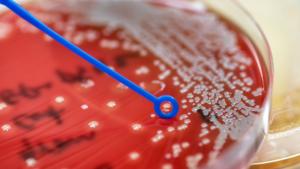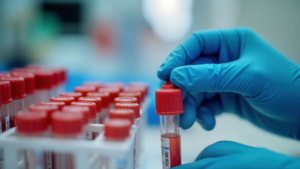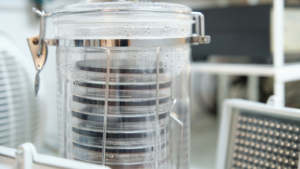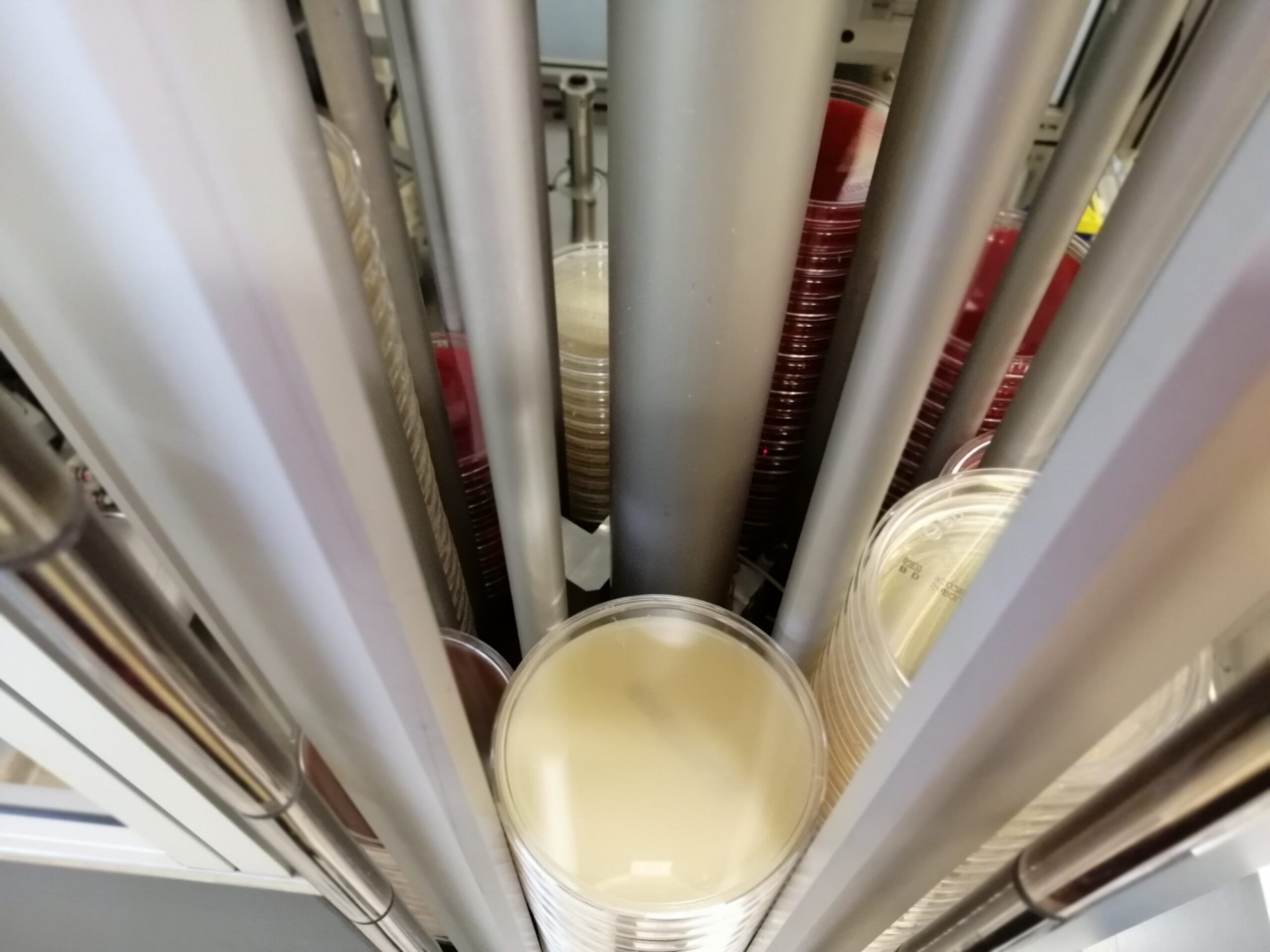What is PRAS and Why Should Microbiologists Care About It?
Culturing Anaerobes in the Medical Laboratory
When you hear the term “anaerobe,” what comes to mind?
-
Hard to handle
-
Impossible to grow
-
Specialized equipment
-
Costly workflow
- … Headache!
Anaerobes are a special case in bacteriology. Compared to aerobes and facultatives, which are generally straightforward to cultivate, anaerobes demand stricter conditions. They require additional equipment and more complex methods.
This raises the big question: how can we reduce complexity while maintaining the strict requirements needed for successful anaerobic growth?
To answer, we need to look at what makes anaerobic culture uniquely challenging.

Oxygen Toxicity: The Central Problem
Anaerobic bacteria vary widely in their sensitivity to oxygen. Some species, like Bacteroides fragilis, tolerate exposure thanks to enzymes that neutralize reactive oxygen species. Others, such as Porphyromonas levii, are extremely sensitive and quickly lose viability when exposed.
The challenge in the medical laboratory is that most specimens arrive with unknown bacterial compositions. We don’t know whether anaerobes are present, and if they are, we don’t know their tolerance level.
That leaves only one safe approach: treat every specimen as though it contains highly oxygen-sensitive anaerobes. Failing to do so means risking loss of clinically significant organisms.
Strategies to Protect Anaerobe Recovery
Step 1: Strict Control at Specimen Collection
Minimizing oxygen exposure starts at the bedside. If specimens are mishandled or stored improperly, the chance of recovering anaerobes drops dramatically.
-
Transport matters. Specimens should be placed in transport systems designed to support anaerobic survival.
-
Avoid oxidative environments. Even brief exposure can irreversibly damage oxygen-sensitive bacteria, leaving them unculturable by the time they reach the lab.

Step 2: Reduce Oxygen Exposure During Workup
Once specimens arrive in the lab, exposure to oxygen is unavoidable—unless you’re working in a full anaerobic chamber. The best strategy is to reduce the amount of time specimens spend in contact with oxygen.
Two practical steps:
-
Work in smaller batches.
Using jars or bags with large plate capacity creates delays. Early samples wait while the container fills, increasing their exposure time and allowing the media itself to oxidize. Working in small batches ensures plates are sealed into anaerobic conditions immediately after inoculation.An even more streamlined option is OxyPlates, which generate their own anaerobic environment at the plate level. This eliminates the need for batching altogether and protects each sample as soon as it is processed.
-
Use media designed specifically for anaerobes.
Media must not only be oxygen-free but also chemically reduced. Here’s why that matters.
Step 3: Understand the Role of a Reduced Environment
Many labs use post-reduction—holding plates in an anaerobic chamber for 8–24 hours before inoculation—to create a reduced environment. While common, this approach has a critical weakness: it doesn’t remove oxidative byproducts formed during sterilization.
Standard anaerobic media often contain reducing agents, but when sterilized in the presence of oxygen, these agents react and form irreversible oxidative compounds. Even after post-reduction, the media environment is compromised.
The solution: Pre-Reduced Anaerobically Sterilized (PRAS) media.
What Is PRAS Media?
PRAS media is manufactured, sterilized, dispensed, and packaged under oxygen-free conditions. This process:
-
Prevents formation of oxidative byproducts.
-
Preserves the reducing agents in the media.
-
Provides plates that are ready for immediate use, no pre-reduction required.
For microbiologists, this means more reliable recovery of highly oxygen-sensitive species and less wasted time holding plates before inoculation.
Click here to learn more about PRAS.
Conclusion
Anaerobes are demanding, but successful recovery is possible when laboratories control three key factors:
-
Specimen collection and transport.
-
Minimizing oxygen exposure during processing.
-
Using media that arrives truly reduced, like PRAS.
By implementing these practices, labs can reduce complexity, improve recovery rates, and make anaerobic bacteriology more dependable.

